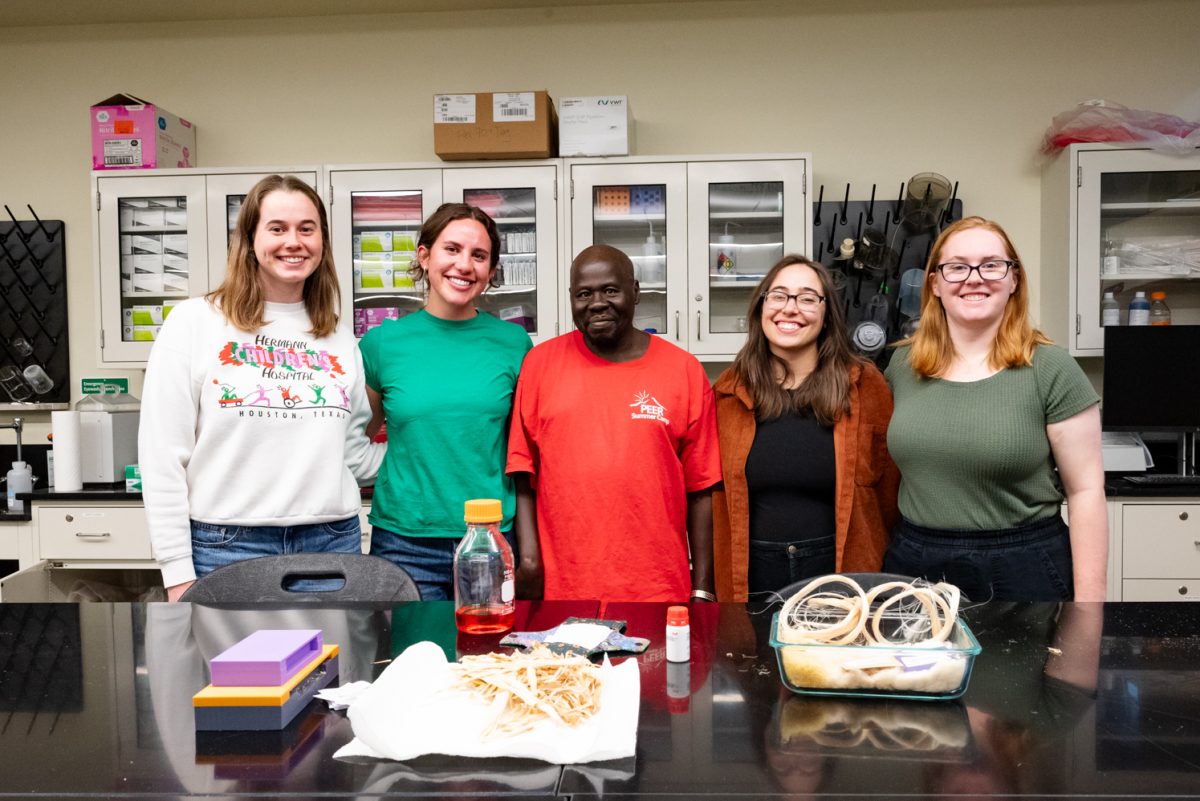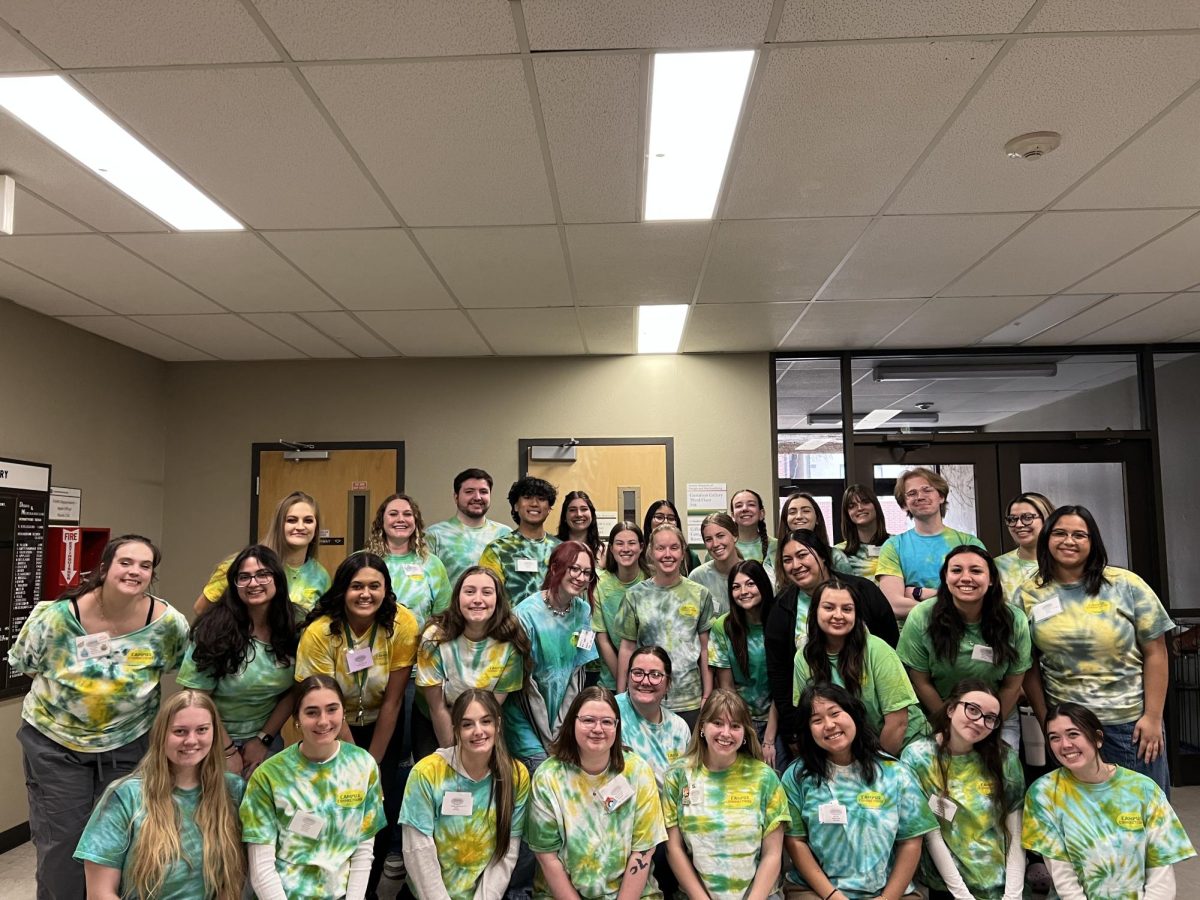A recent study by CSU and the U.S. Geological Survey revealed that oil production has led to a 2.5 percent average annual population decline for a western bird species.
Adam Green, CSU alumnus and co-author of the study, said the sage-grouse is an iconic, obligate species of the sage brush ecosystem.
The study was conducted in Wyoming from 1984 to 2008, and the results were published Oct. 18.
Green said that oil production has impacted sage-grouse in multiple ways.
“There have been several studies showing that oil and gas development can negatively impact sage-grouse through modified nest success, chick survival, recruitment of juveniles into the population, as well as avoidance by adults of the noise and lights,” Green said.

Researchers reached these conclusions after observing lek attendance, or mating ritual attendance, during the bird’s mating season. Green said that the lek is a central area within the sage brush ecosystem where the male birds come to display themselves before the females to find a breeding partner.
Green said that the presence of a single oil well on a lek landscape resulted in lower population growth rates. He said that although adult birds were not avoiding the infrastructure, the presence of wells did have an impact on the recruitment of juvenile birds into the breeding population.
On average, it takes sage-grouse 2-3 years to reach sexual maturity. However, Green said the research revealed that if an oil well was dug within four miles of a lek, the population would experience a four-year lag.
This means that four years after a well was dug, researchers began to observe declines in population growth. Green said this was likely because juveniles were not returning to the lek near where they were born.
“If the (oil) development hinders recruitment there can be a delayed population response as adult males die and are not replaced by young males,” said Steve Hanser, USGS sagebrush ecosystem specialist in a SOURCE article.
In response to these findings, the governor of Wyoming issued an executive order in 2008 that established a policy to restrict the number of oil well pads per square mile. The restricted areas are called “core areas” and act as buffers around leks that limit oil and gas development, Green said.
The executive order limited the allowable number of well pads to one pad per square mile, with up to 64 wells per well pad. Based on the research conducted in this study, Green said that if well pad density regulations were followed, then the sage-grouse population would, on average, only decline by 1.5 percent annually.
Green said that because Wyoming is home to 40 percent of the nation’s sage-grouse population, it was important that the state implemented these conservation measures to mitigate population losses.
However, he said that future measures taken to preserve this bird species will be influenced by public opinion.
“It’s a value statement on the public: What’s the value of the species? So, that’s up to the public to decide if it’s okay (for) the species goes extinct or not,” Green said.
Green also said that it is important to continue to observe sage-grouse populations because they are an indicator species for the sage brush ecosystem. Along with the sage-grouse, he said that the sage brush sparrow, sage thrasher and certain lizards also rely upon this ecosystem.
“(Threats to sage-grouse populations) might indicate potential threats to these other species as well,” Green said. “But, (sage-grouse) is a little more easily studied…Some people may see it as a surrogate for threats to other species and the ecosystem in general… But, we can’t say anything for sure about those other species.”
Overall, Green said that more research will likely take place in order to see the long-term effects of these conservation efforts.
“The new conservation efforts may work, but we have to see,” Green said. “We need more years of data to really look and see how those are going to play out with sage-grouse populations.”
Collegian reporter Nataleah Small can be reached at news@collegian.com or on Twitter @NataleahJoy.








